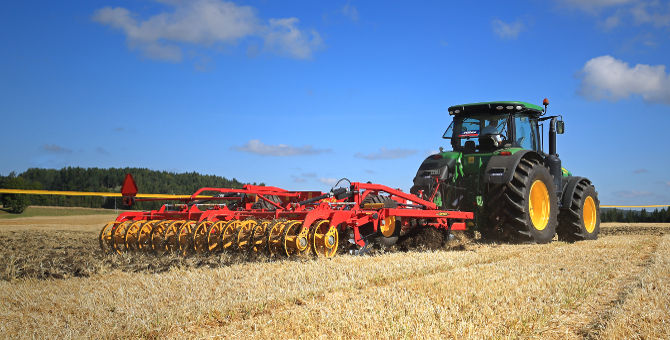The world is populating at a rapid pace, with predictions of 9.6 billion people by 2050. That amount is hard to fathom and with the number of resources in demand, weighed against the supply, it will cause some headaches. However, there may be a cost effective and environmentally friendly solution to this potential issue. What if you could simply grow your food using just air and mist, with the farmer being a computer?

What is Aeroponics?
Aeroponics is a method originally used by NASA, with the purpose of being able to grow food in space. Now, it has become the vision for a global innovation in the way we get our resources going forward.
The basics of aeroponics is suspending the plants in a closed or semi closed environment and then proceeding to spray the roots and lower stem with a nutrient rich water solution. The structure of the plant would be supported by separating the roots of the plant, which is followed by a closed cell foam being added around the lower stem and inserted into an aeroponic chamber, therefore decreasing labour and expense.
In an interview with GIZMODO last year, founder of MIT’s CityFARM and pioneer in development of techno-farming methods, Caleb Harper, explained: “In soil, a plant, may dig around and wait, but it doesn’t fully express its ability to gain water and minerals. In aeroponics, you can drive the ability to gain water and minerals”. This process would not need to use soil and in turn avoid risk by removing the necessity of pesticides and fertilisers. The benefits are truly tantalising, so how would it affect consumers within the commercial property sector?
The Benefits
The financial implications would have a positive impact throughout the sector. For instance, you will have less to pay in terms of labour and the expenses of buying materials required to grow the products. At the CityFARM HQ, according to Mr Harper, they currently have strawberries, broccoli, lettuce and peppers hanging from shelves. Who knows what will be implemented later down the line. The financial gain could be used to improve other areas of your property/business, leading into higher rates of productivity. This could continue throughout the year with no seasonal issues causing delay on certain products. What’s more, it could be a good way of using land for sale to generate income, as the value of the property could increase with the new technology, adding extra appeal for potential buyers.
The Issues
However, the price of equipment would be substantial. If the new system became a raging success, and every farm had it installed, for some aspiring agricultural business person, the cost of investment would come at a steep price. This means you would have to have the drive to succeed if you chose this option.
A Fruitful Future?
So how far along are we in this nutritional utopian future? Harper explains “We’re just at the point of scaling it for high-value products – you see pharmaceuticals and cosmetics companies using these techniques”. He predicts that crops which are expensive in supermarkets but easy to grow such as herbs and out of season berries will follow suit.
What do you think? Will the technology be the innovation that we sorely need in this ever expanding world? Or can you see it being more of a hindrance to the commercial property sector? Let us know in the comment section below.
Previous Post
Fewer Small Businesses Granted Government Loan Scheme